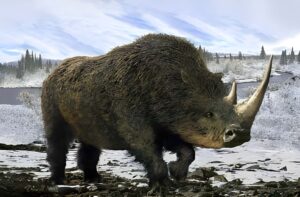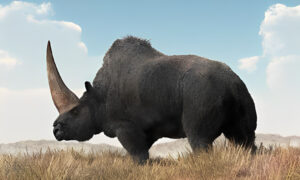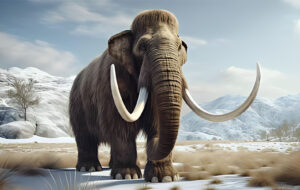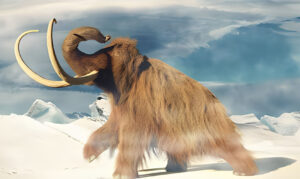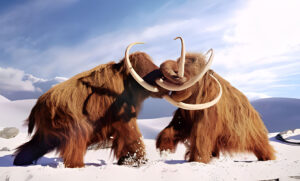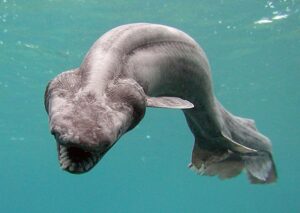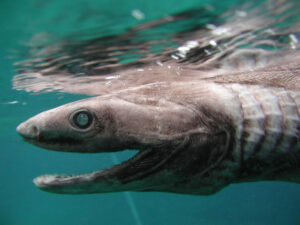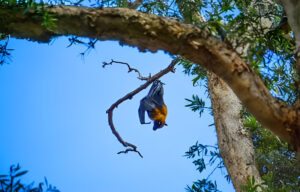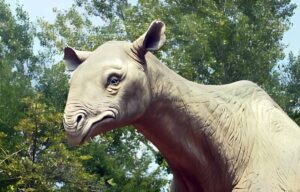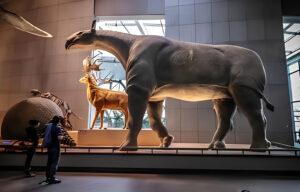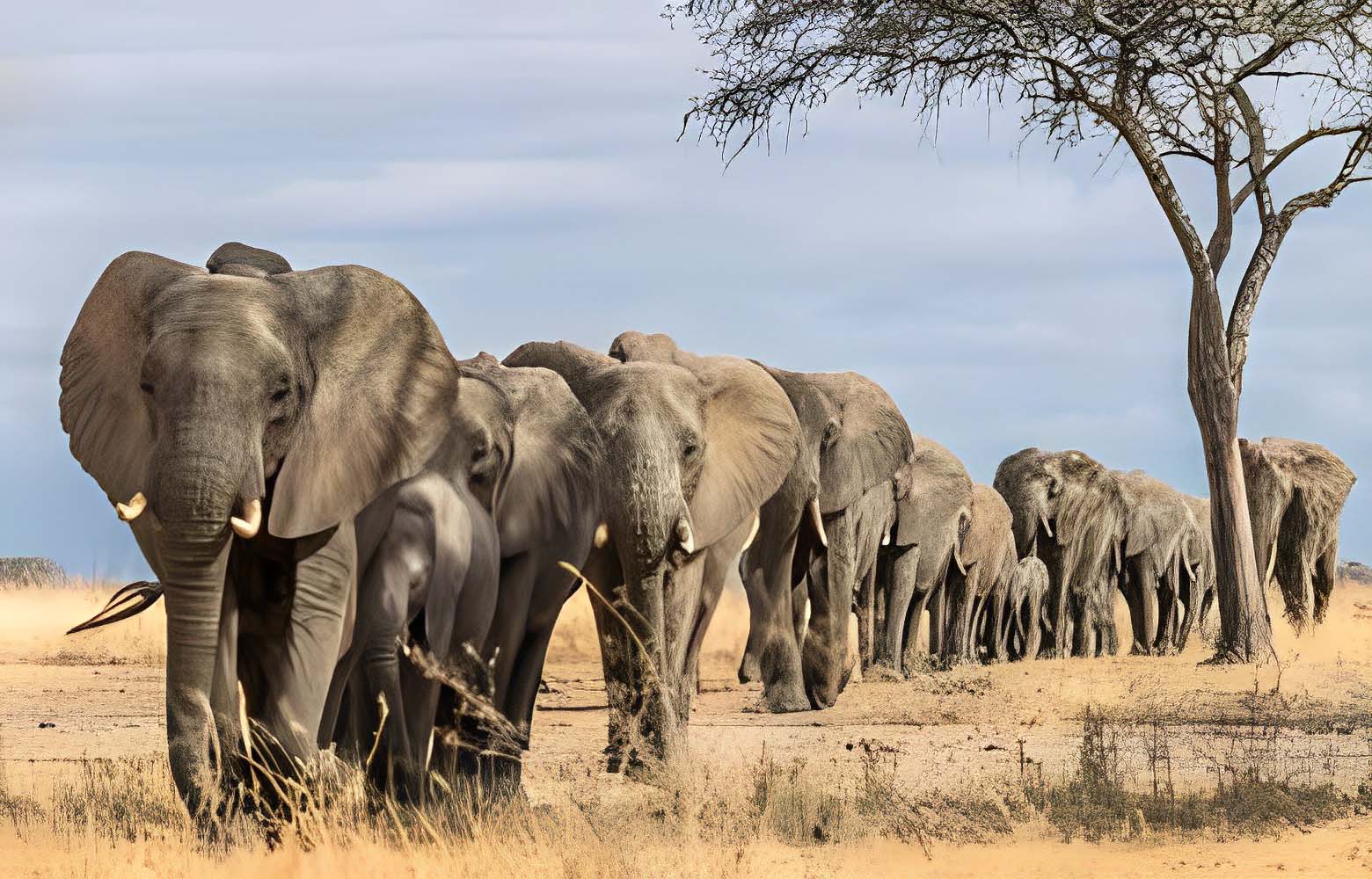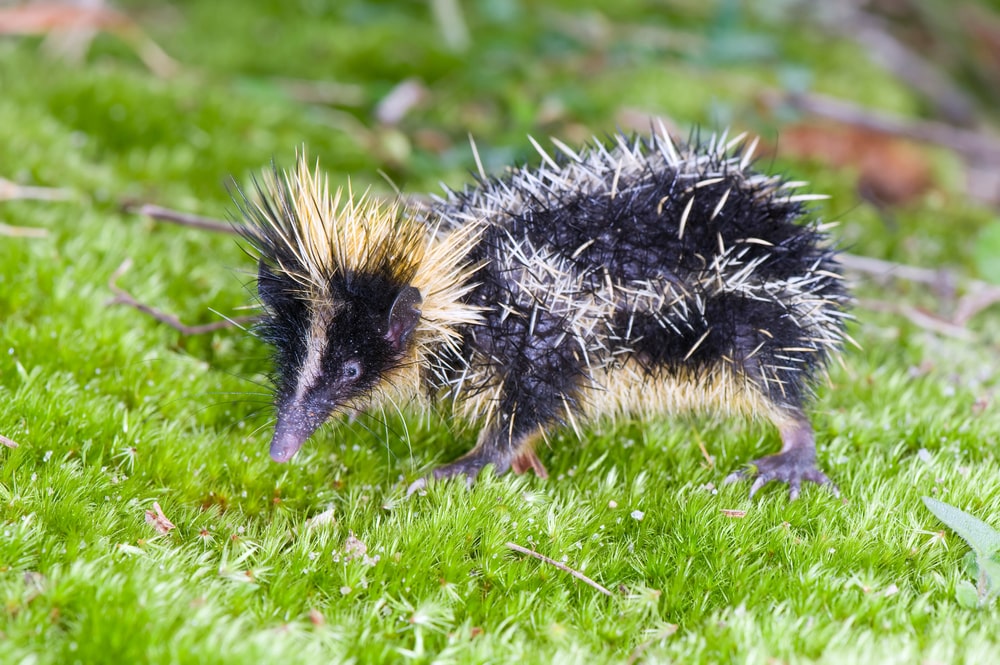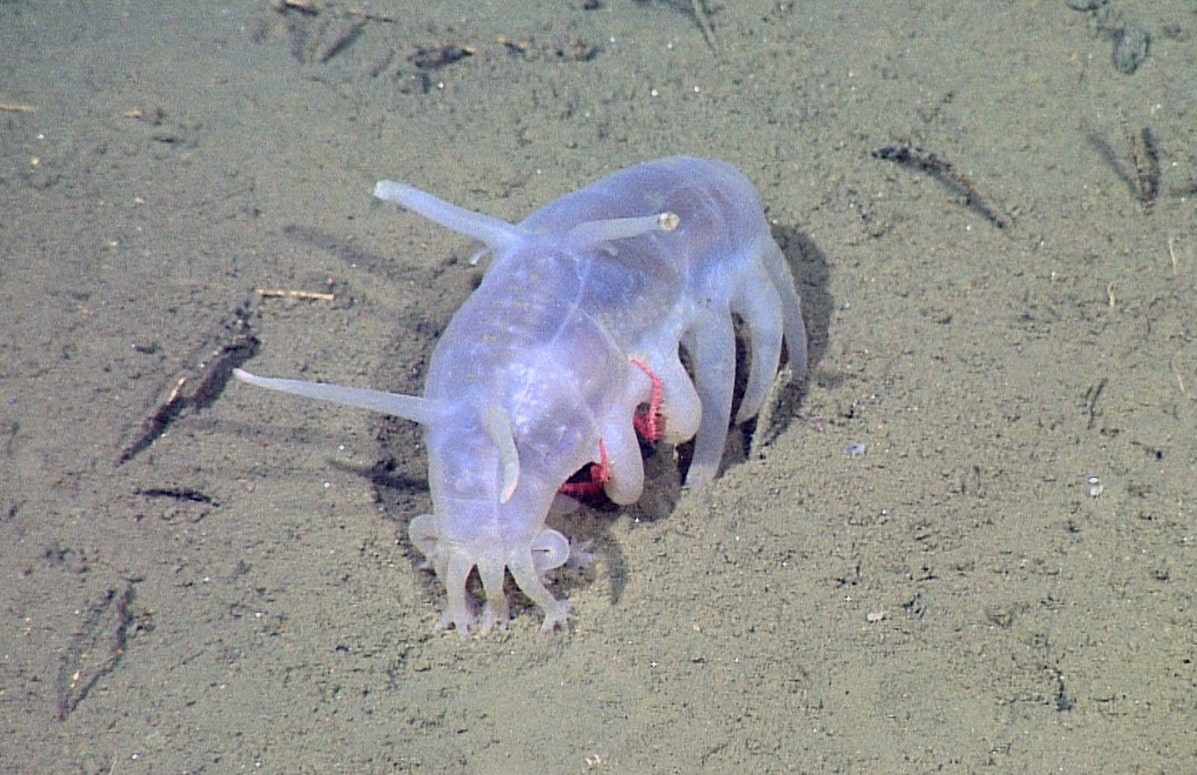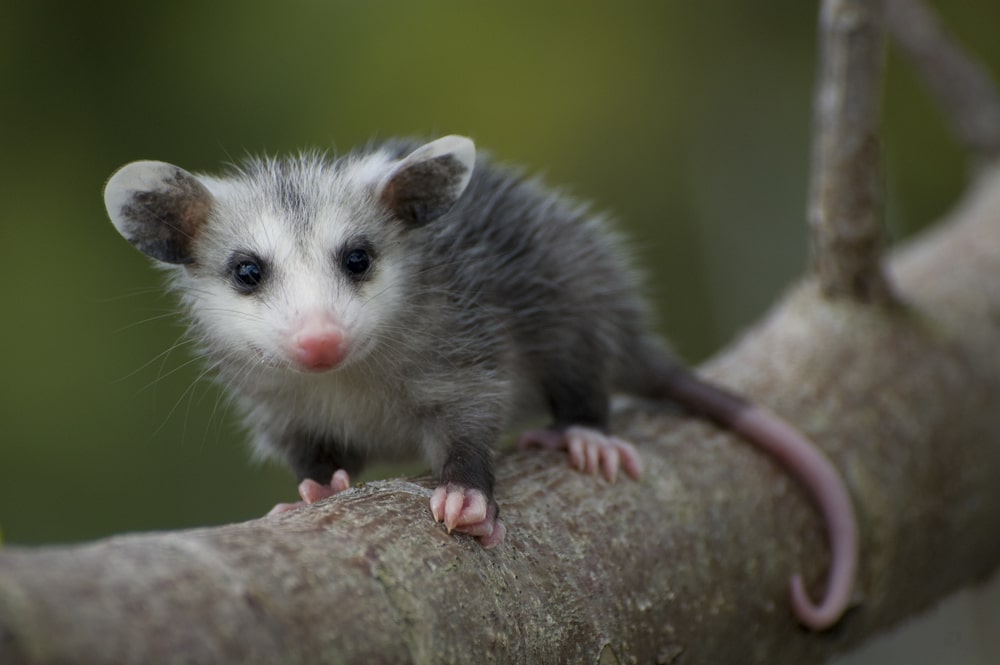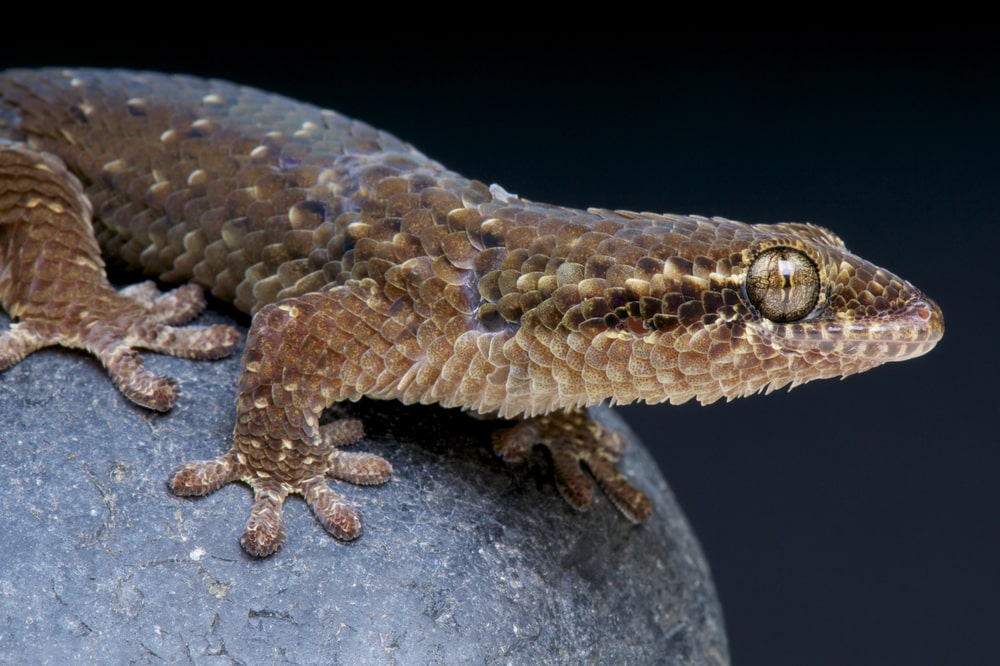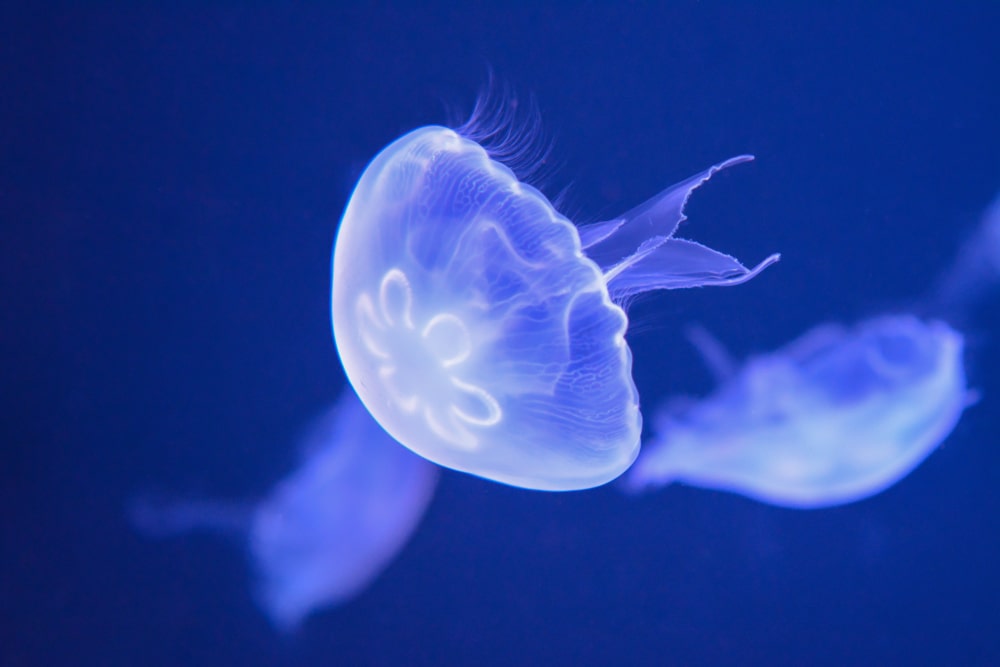Extinct Woolly Rhinoceros, Woolly Mammoth & Frilled Shark
The Woolly Rhinoceros, Woolly Mammoth, Frilled Shark, Giant golden-crowned flying fox, and Paraceratherium are giant extinct animal species.
Woolly Rhinoceros extinct
The woolly rhinoceros was a common sight back in the plastio scene era of Europe and Northern Asia. These animals existed until the end of the last glacial period and would have been familiar to humans who were living there at that time it is a relative of today’s rhinos but the main difference is that it was covered in long thick hair.
This woolly hair allowed it to survive the extremely cold conditions of that time better than just fossils we have fully preserved examples of this animal due to them being trapped in the permafrost and we have even prehistoric cave paintings which show the woolly rhino as perceived by prehistoric people. Some of the frosts preserved carcasses even have human spears buried within them having apparently escaped.
The human hunters only die somewhere else but this shows that humans did hunt these huge beasts which must have been a pretty dangerous job the cave paintings at Chauvet cave in France. For example, are very accurate depictions which are even superior to some of the artistic attempts to draw animals from much more recent cultures which at other sites statuettes of wooly rhinos have been found in huge numbers, which suggests some kind of industrial religious, or monetary usage.
Woolly Mammoth animal
Similar to the woolly rhino but more famous is the woolly mammoth. They were about the size of an African elephant. Although the steppe mammoth could grow to a massive 15 feet tall which is about four feet more than the average African elephant that’s a seriously huge animal they had much smaller ears than their African cousins.
Since a regular elephant’s ears are used to reduce heat and keep the elephant cool which is the last thing a mammoth living in permafrost wants to do like the woolly rhino. Many woolly mammoths have been preserved in ice and it would be possible to begin breeding them and bringing the species back to life now through DNA we have salvaged.
The first woolly mammoth skeleton was discovered in 1799 however in Asia the mammoth’s remains had long been known to the Chinese and had influenced many of their folklore ideas about monsters such as the Chinese dragon mammoths, which finally went extinct 4 000 years ago around the time. The pyramids were being built but mammoth ivory was still in use for long after that time.
In fact, is still available for use today in many places in Russia and Alaska. Offering mammoth ivory goods although you may have to save your pennies if you’re thinking of investing.
Frilled Shark extinct sharks
This shark is known as the frilled shark because it is unique among sharks in that it has gills that run right across the throat of one set rather than the more common two sets of gills seen on most sharks. They also have a red fringe which looks like a frill this is one of many attributes that make this primitive shark a living fossil according to scientists most animals that are this simple died out and were replaced by more complex ones.
But the frilled shark just kept ongoing don’t ever change the man they can grow 6 feet 6 inches long and have a huge mouth which has led many to believe that this fairly common shark is the animal which gave rise to ancient legends of the sea serpent these days. They often find themselves caught by commercial fishermen and are usually ground up as a fish meal.
Although they are sometimes sold as meat in certain countries however whenever people have tried to capture this eel-like shark and put it in captivity it has usually died within hours this is one shark that needs to be in the ocean and not in a tank.
Giant golden crowned flying fox
The giant golden crowned flying fox is a megabat that is endemic to the philippines this is a fruit-eating bat. Although it sometimes also eats leaves like most bats it is mainly active at night sleeping during the day in roosts and these roosts can contain thousands of individuals and even sometimes mixes in with other species like the large flying fox.
However, massive deforestation and bushmeat poaching have left this bat on the endangered species list protection laws have been applied but now they face another problem from tourists who like to head into the jungle and the daytime and throw things at the roosting bats for fun. This is one of the largest bats in the world and they can weigh as much as 3.1 pounds with the largest wingspan.
These bats love to feast on different kinds of figs found in the forest and each variety of figs adds different nutrients to its diet. Megabats are not able to echolocate so have use of sight to navigate and also evade predators such as the terrifying-looking Philippine eagle.
Paraceratherium extinct animals
Paraceratherium is another kind of rhinoceros but this time a huge hornless one that lived in Eurasia between 34 and 23 million years ago. We do have a complete fossil of the paraceratherium but we can guess from the parts we have that this was one of the largest land mammals of all time. Probably measuring as much as 16 feet tall and 24 feet in length this big mammal was a herbivore like its modern cousins and would strip the leaves from trees with a single pair of incisors in its jaws.
It had a very strong body with thick neck and limbs like columns and it was dark gray in color its actual weight is unknown but it could have been as much as 20 tons. It probably lived a life similar to modern rhinos and elephants and would have had very few predators due to its massive size and strength can you imagine trying to hunt one of these, in fact, the only beasts it needed to fear were probably other paraceratheriums.
